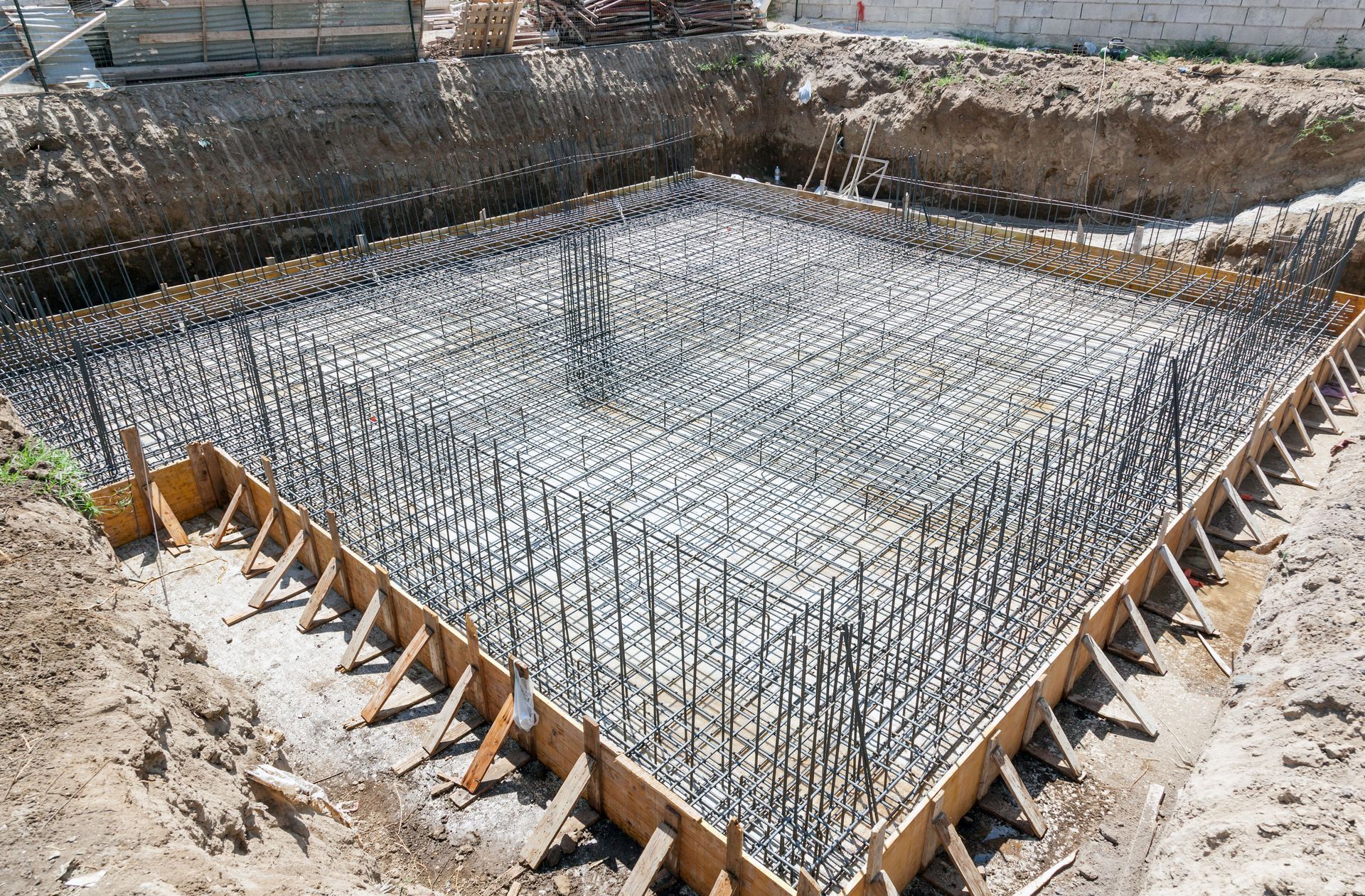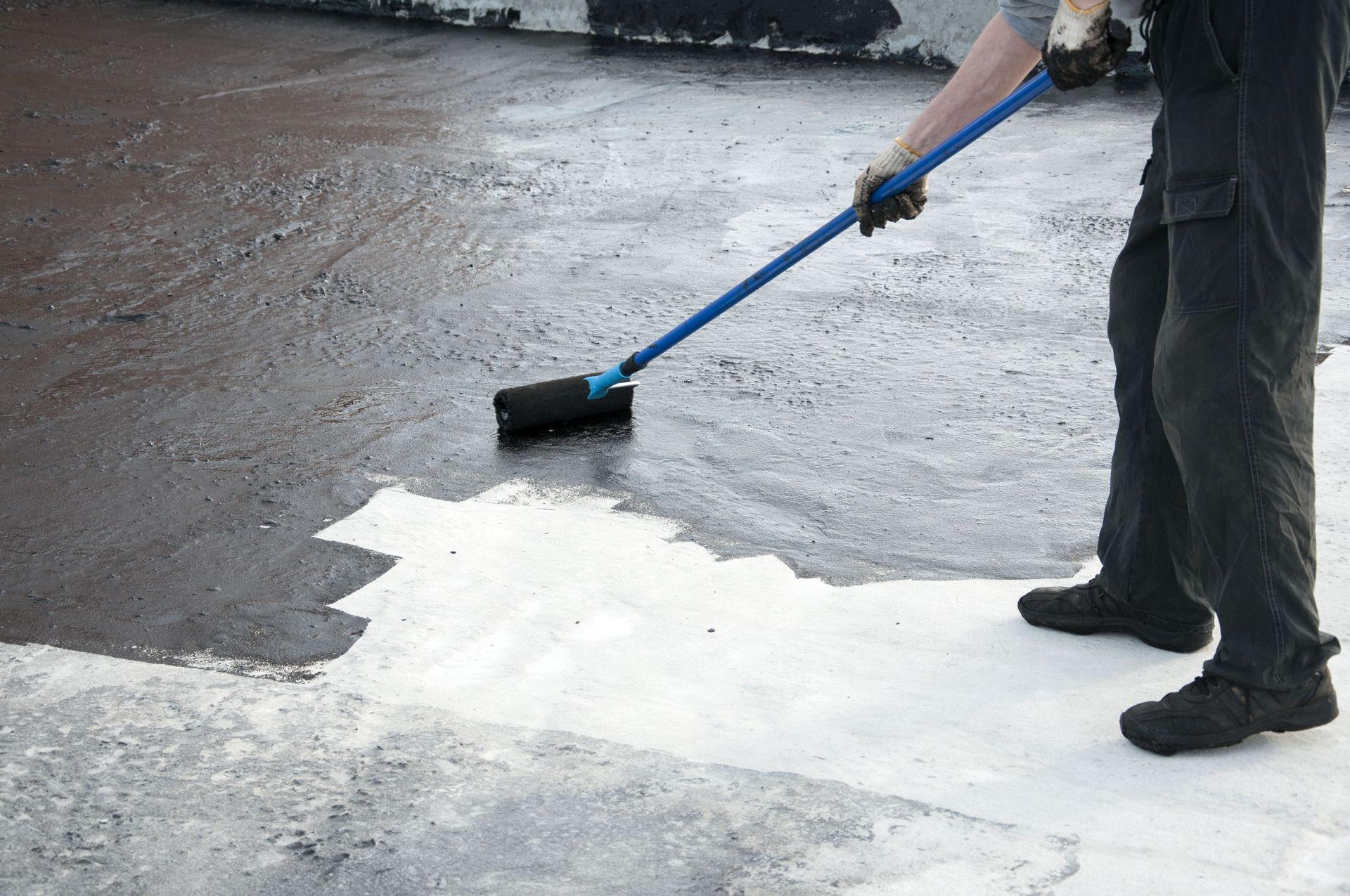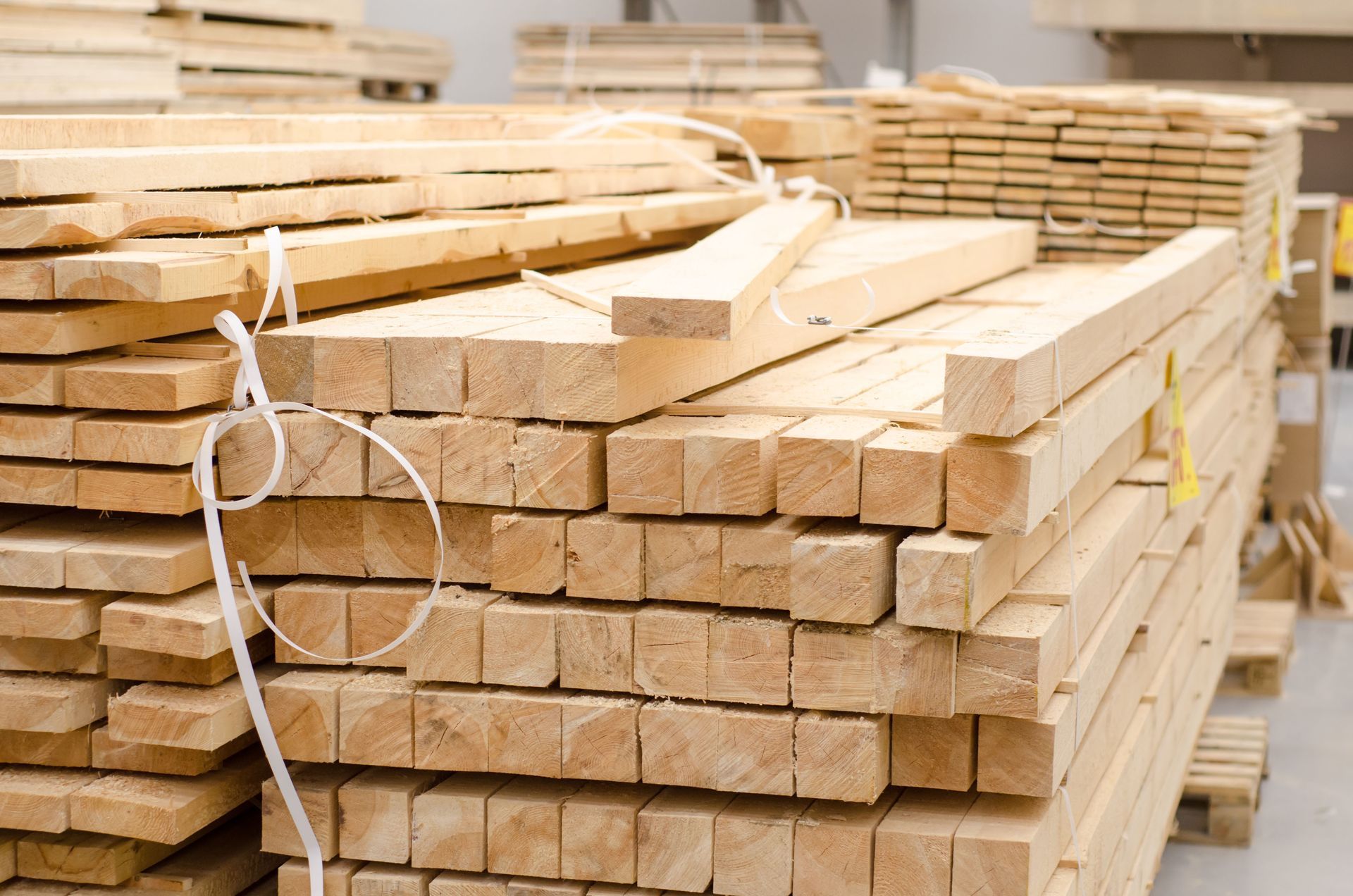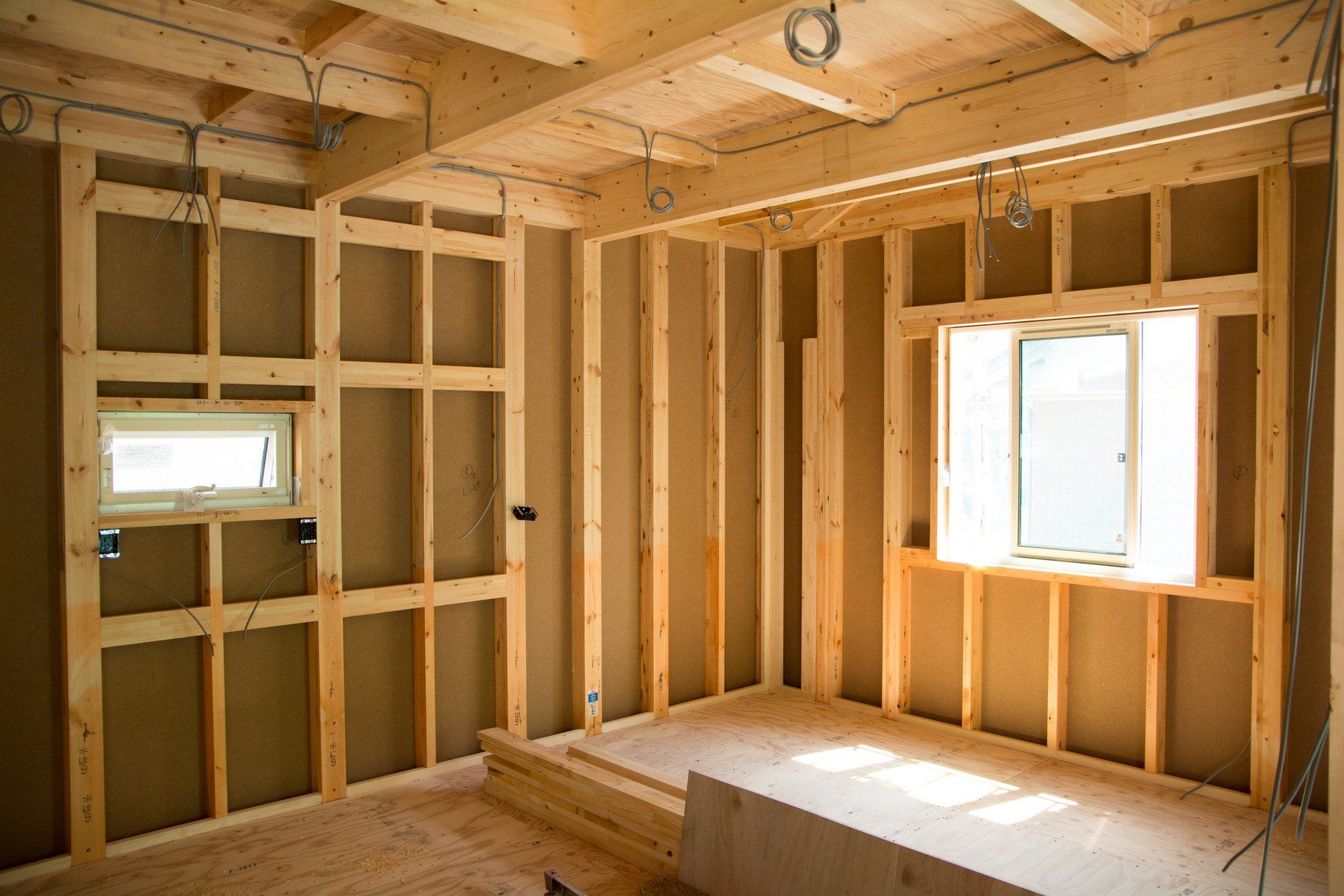What You Need to Know About Rebar Pipe
While many people have seen or heard of rebar, they may not be familiar with how it is formed, how it works, or the various applications it has. According to the U.S Census Bureau, in 2019, the US spent $92 billion on commercial building and a lot of that was for rebar pipe. This is what you need to know about rebar pipe.
What Is Rebar Pipe?
Rebar is short for "reinforcing bar" or "reinforcement bar," and it is a metal bar that helps increase the tensile strength of concrete. It helps concrete structures withstand bending, torsion, and shear pressures. Rebar supports concrete buildings that would otherwise fall apart because they are areas of weakness for concrete.
Steel is most often used since it has the same thermal expansion properties as concrete and so removes difficulties caused by temperature changes. Rebar is frequently not smooth, but rather ribbed, to prevent it from sliding inside the concrete structure.
How Is Rebar Pipe Made?
Rebar is often made of steel, which has superior tensile properties as compared to concrete. It's interesting to note that it's mainly made from recycled steel from old vehicles, appliances, and machinery, which is melted and then cooled into billets using electric arc burners. The billets are heated to high temperatures and passed fast through a succession of extrusion instruments once they are ready to be used in the manufacturing of rebar. They are supplied at a temperature below the melting point. The different extrusion stages are performed until the necessary rebar diameter is reached, clamping the steel billet into smaller and smaller rods.
How Does Rebar Pipe Work?
The steel bar's tensile strength works in tandem with the concrete's compressive strength to create structures that combine both types of strengths. This reduces the risk of fractures and strengthens the structure against motions and stresses that would otherwise fail to form a specific structure. Rebar is usually laid out in a grid pattern. This permits the rebar's many parallel and perpendicular sections to sustain tensile loads from a variety of directions. The rebar is not dislodged because of the distortion on the outside of the bar. To further anchor concrete construction, rebar is sometimes bent at the end.
Rebar pipe is critical in modern buildings. It is easy to make and serves a specific purpose. No construction job is complete without rebar pipe.





Share On: